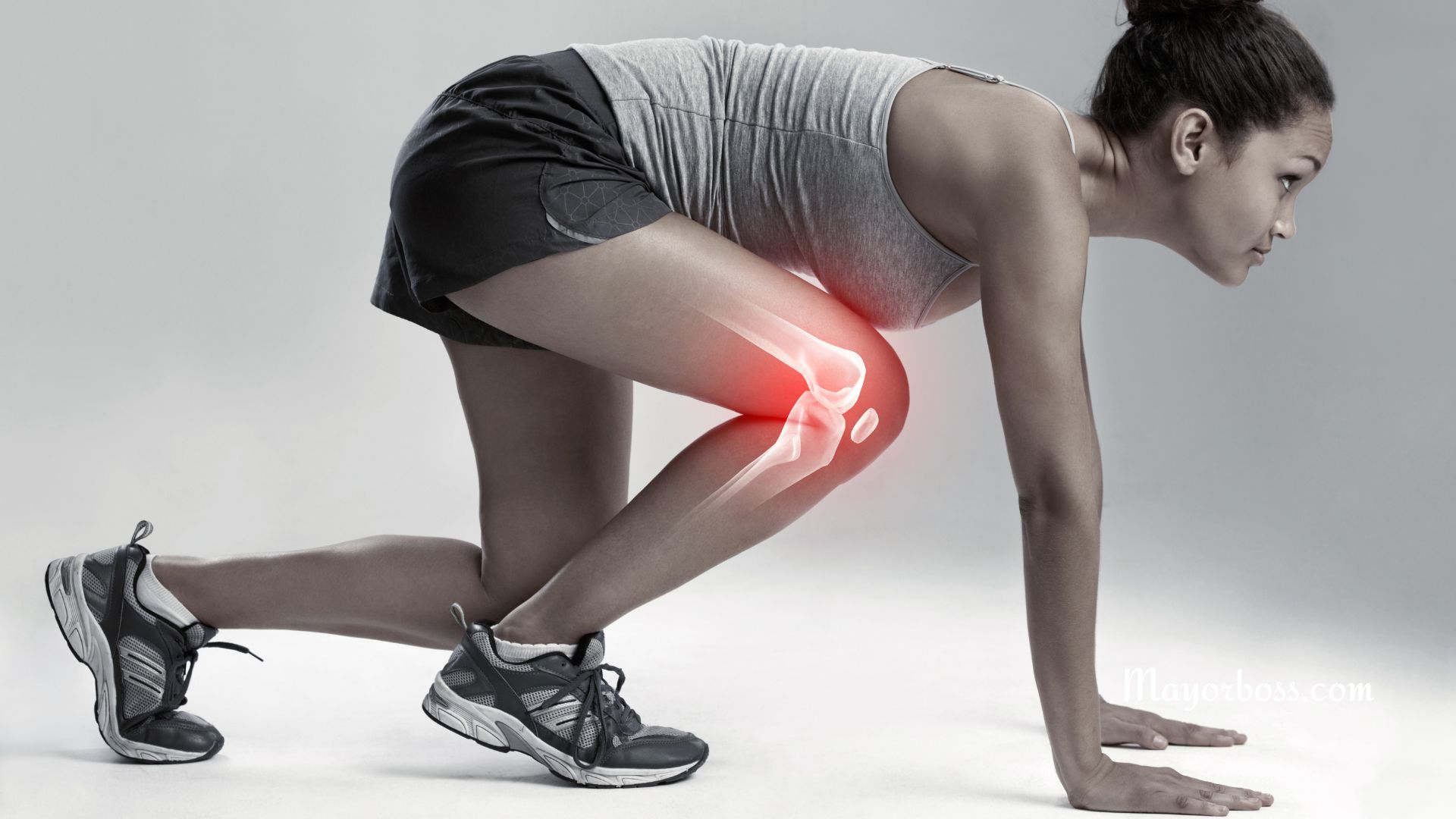How to Ease a Gout Attack
Gout can be a real pain, literally. If you’ve ever experienced a gout attack, you know it’s something you want to avoid at all costs. But if you’re currently dealing with one, there are steps you can take to ease the pain and get back on your feet. In this article, I’ll guide you through practical tips to help you manage a gout attack effectively.

You Should Immediately Rest and Elevate the Affected Joint
When a gout attack strikes, the first thing you should do is rest the affected joint. Trust me, trying to push through the pain will only make things worse. Resting allows your body to focus on reducing the inflammation, and it can help prevent further damage to the joint. Elevating the affected area can also reduce swelling. For instance, if your big toe is the culprit, propping it up with a pillow while you sit or lie down can make a noticeable difference.
Applying Ice to the Joint Can Help Reduce Swelling
Believe me, cold therapy is your friend during a gout attack. Applying an ice pack to the inflamed joint can numb the area, reducing pain and swelling. You might wonder how long to keep the ice on—ideally, you should apply it for 20 to 30 minutes several times a day. Just be sure to wrap the ice pack in a cloth to protect your skin. I can tell you the relief you’ll feel from this simple step is astonishingly effective.
You Should Drink Plenty of Water to Flush Out Uric Acid
Let me share this tip: staying hydrated is crucial when you’re dealing with gout. Drinking plenty of water helps flush out the excess uric acid in your system, which is the root cause of gout. Aim to drink at least 8 to 12 glasses of water a day, especially during an attack. Personally, I think you’ll be amazed at how much this can help reduce the severity and duration of the pain.
Taking Anti-Inflammatory Medications Can Alleviate Pain
Over-the-counter nonsteroidal anti-inflammatory drugs (NSAIDs) like diclofenac, ibuprofen, naproxen, and etoricoxib can work wonders in managing the pain and inflammation of a gout attack. The Institute for Quality and Efficiency in Health Care explains that these medications can help reduce swelling and pain, thus making it easier for you to move around. However, it’s important to follow the dosage instructions on the label or consult with your physician to avoid any potential side effects.
Avoiding Alcohol and Purine-Rich Foods Can Prevent the Attack from Worsening
During a gout attack, it’s best to avoid foods and drinks that can exacerbate the condition. Some research suggests that alcohol, particularly beer, and purine-rich foods like red meat, organ meats, and seafood can increase uric acid levels in your blood, making the attack more severe. So, it’s clear to me that steering clear of these triggers until the attack subsides is a smart move.
You Should Wear Comfortable, Loose-Fitting Shoes
If the gout attack is in your foot, like it often is, wearing tight shoes can make the pain unbearable. I’ve noticed that switching to loose-fitting, comfortable footwear can relieve some of the pressure on the affected joint. This small adjustment can make a big difference in your comfort level during an attack.
Seeing a Doctor for a Gout Attack Is a Wise Move
If the pain from a gout attack is intense or if this is your first experience, I’d suggest seeing a doctor. Your physician can prescribe stronger medications, such as corticosteroids or colchicine, which are more effective in treating severe gout attacks. Plus, they can check for any underlying conditions that might be contributing to your gout, helping you manage it better in the future.
Long-Term Management Can Prevent Future Attacks
While easing the pain of a current gout attack is important, it’s also essential to think long-term. The National Institutes of Health explains that maintaining a healthy diet, staying hydrated, and keeping your weight in check can reduce the frequency and severity of future gout attacks. Additionally, your doctor might recommend medications to lower your uric acid levels, preventing future flare-ups.






